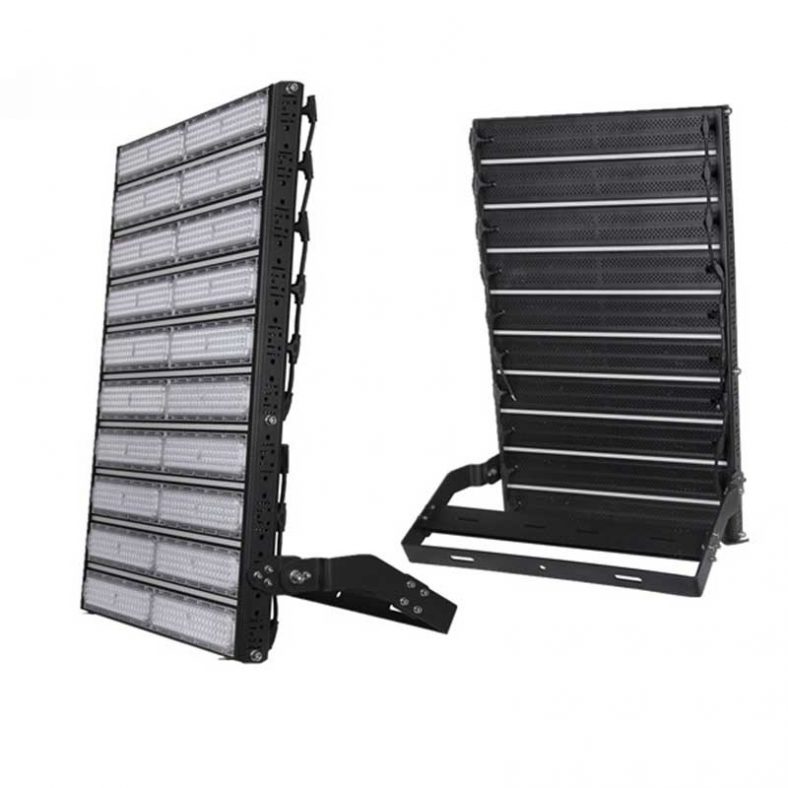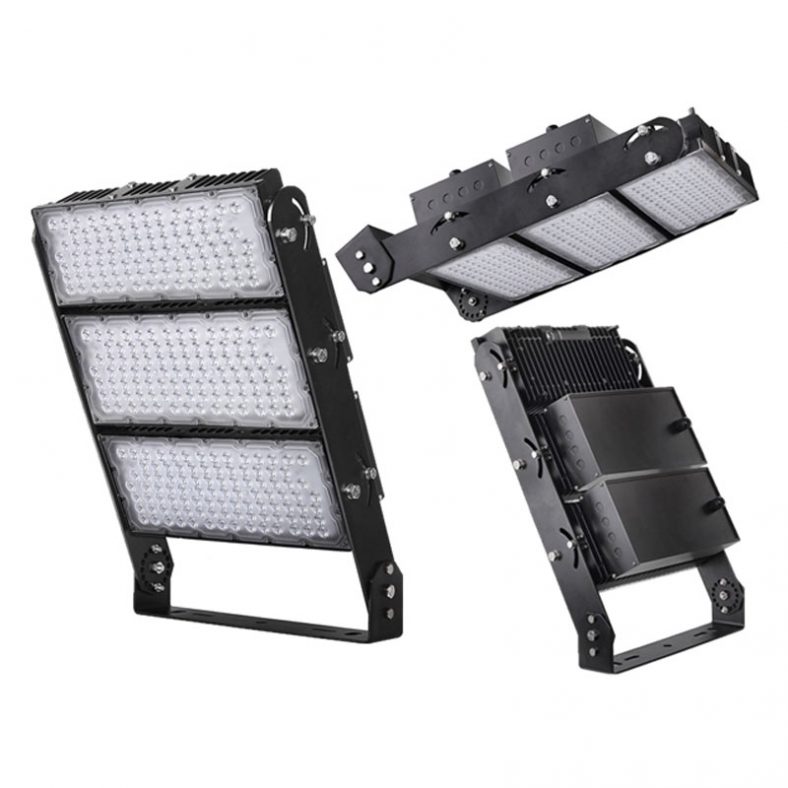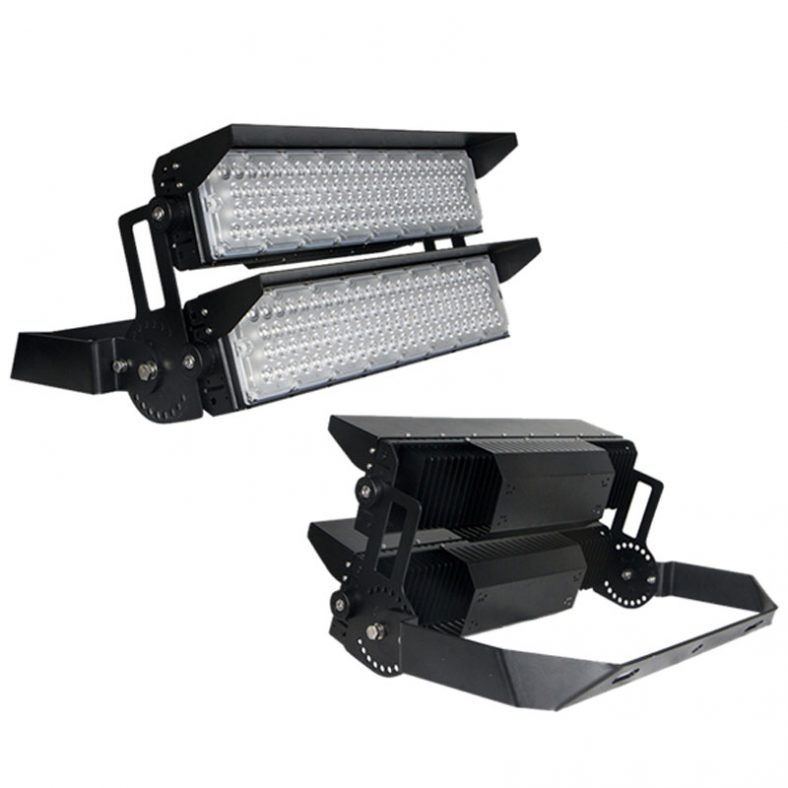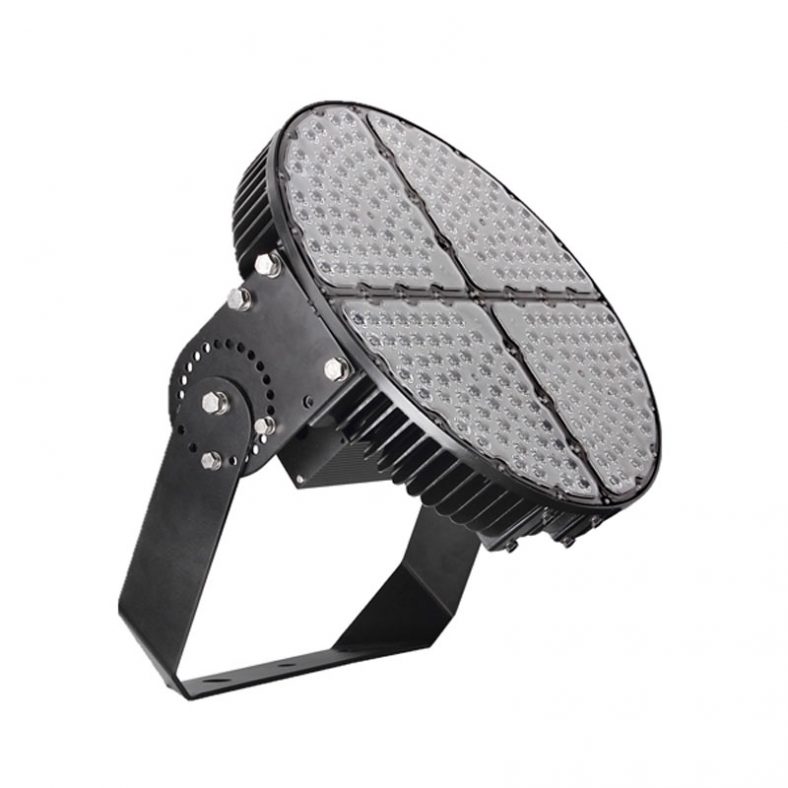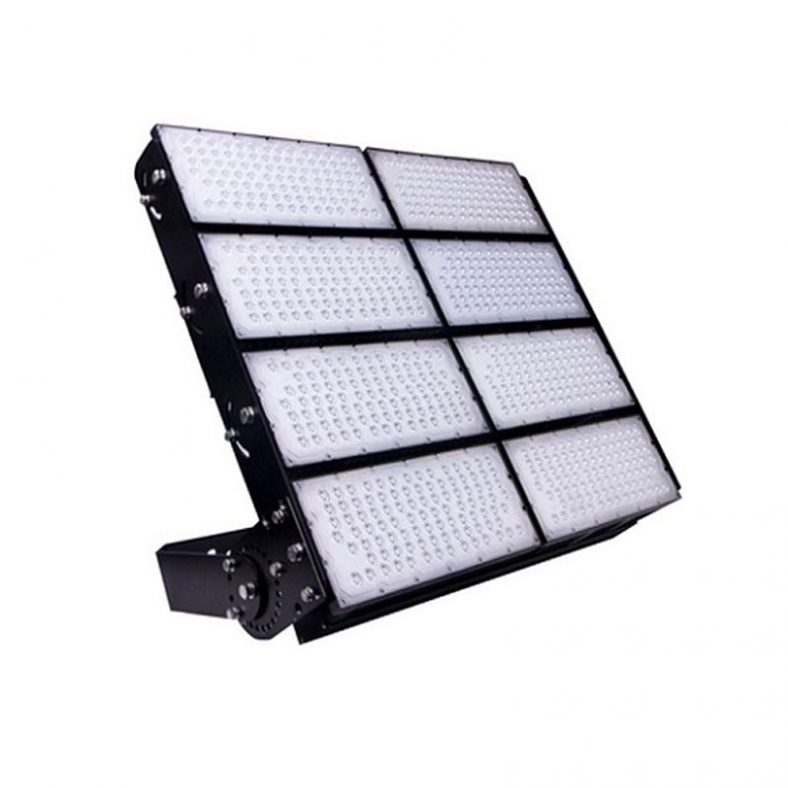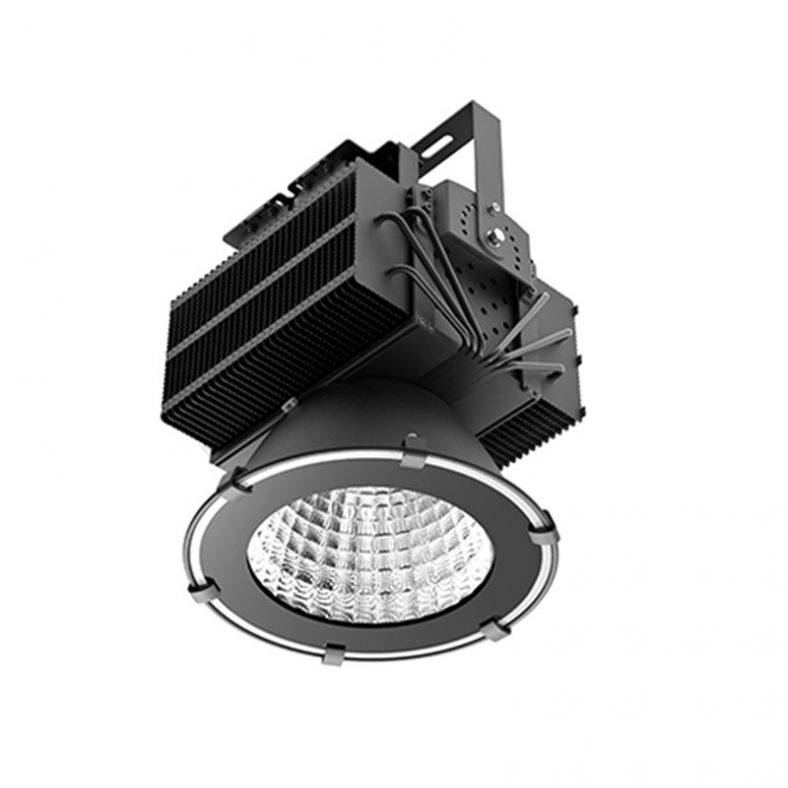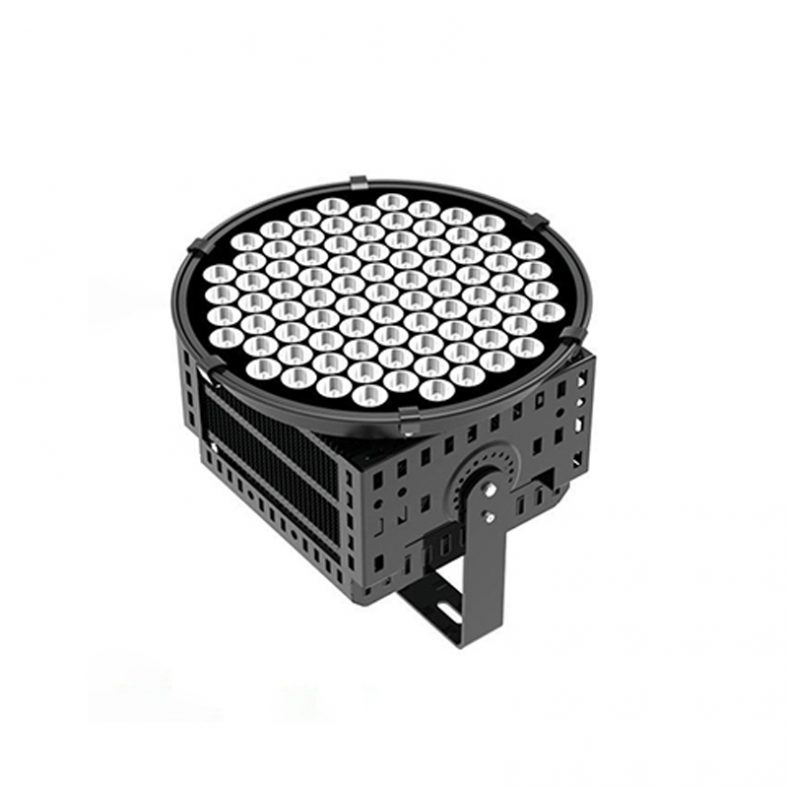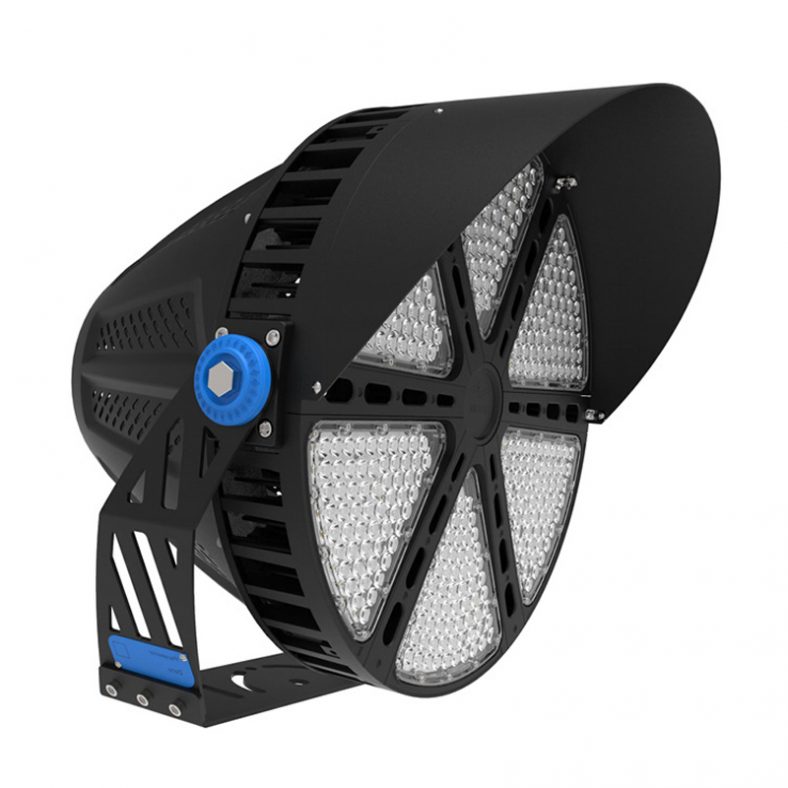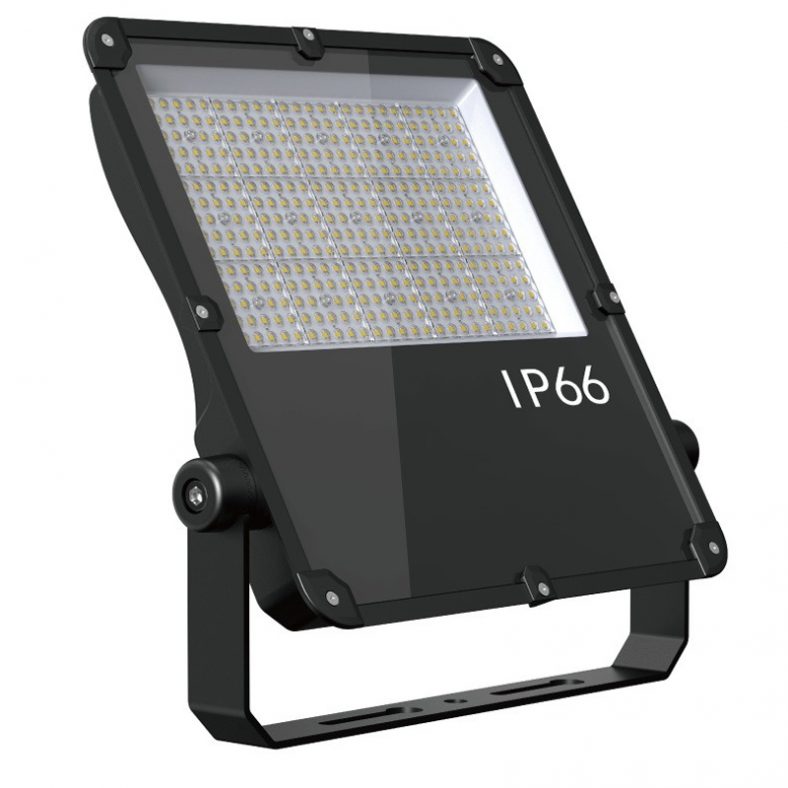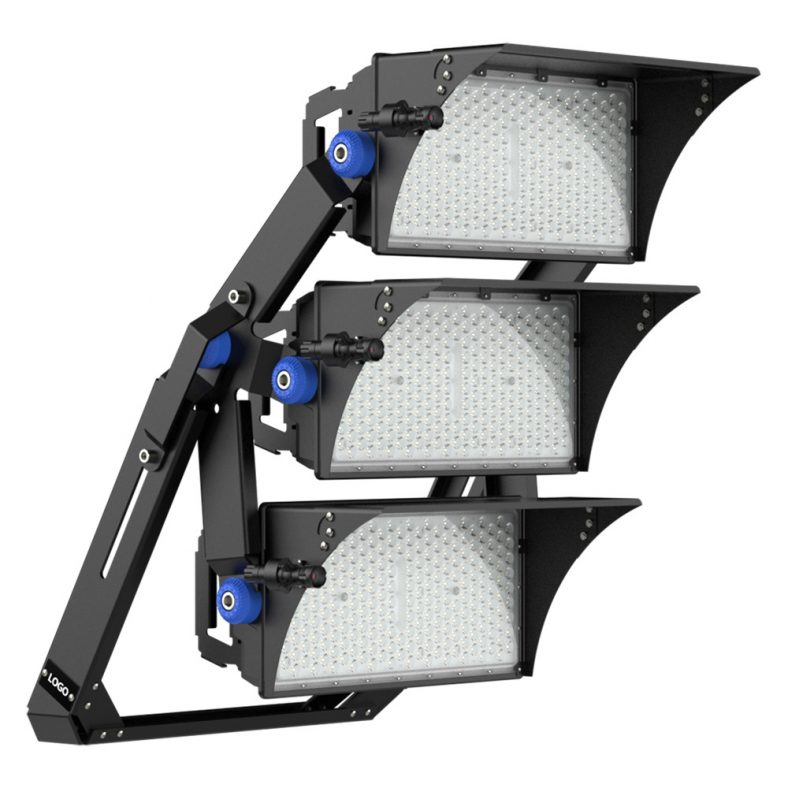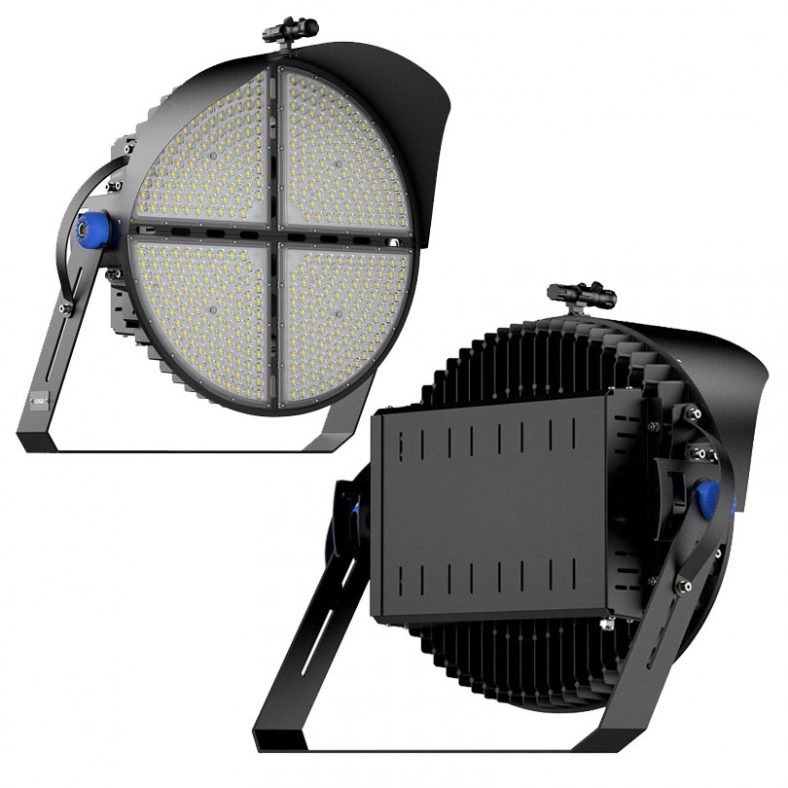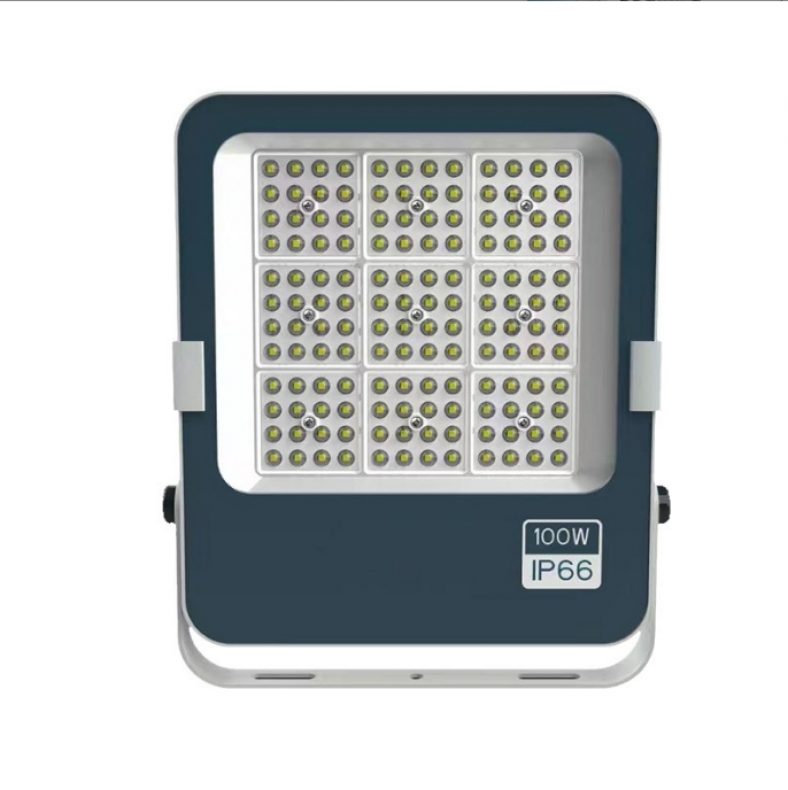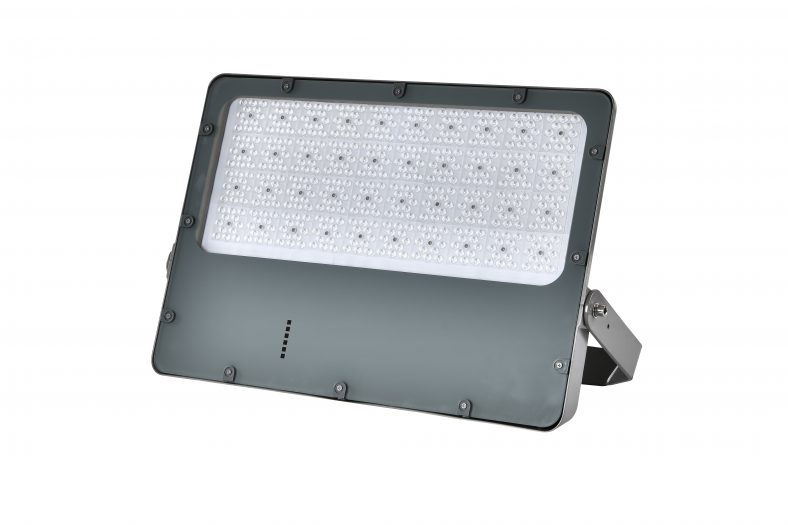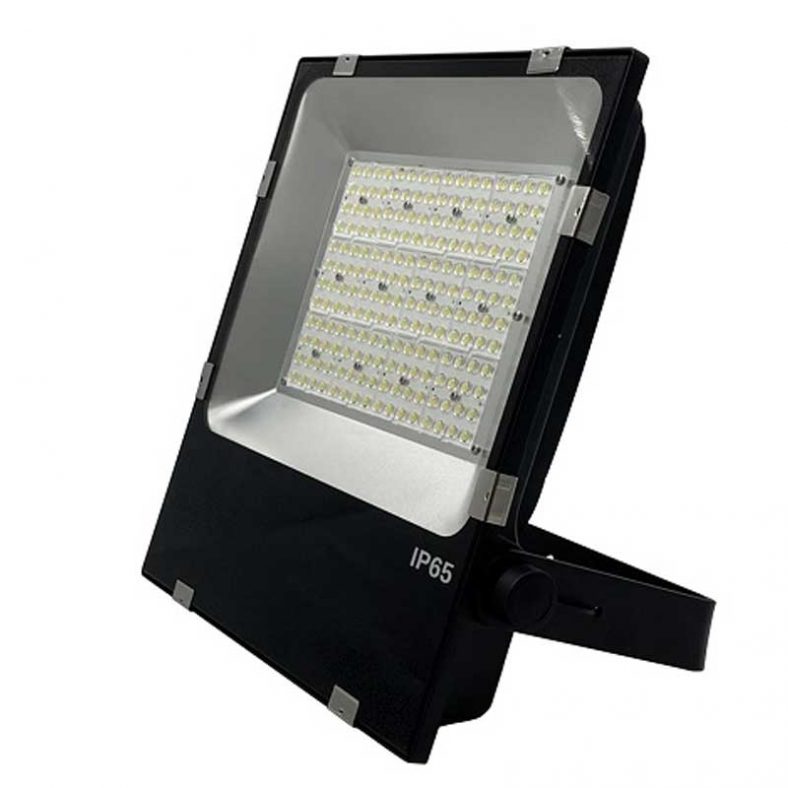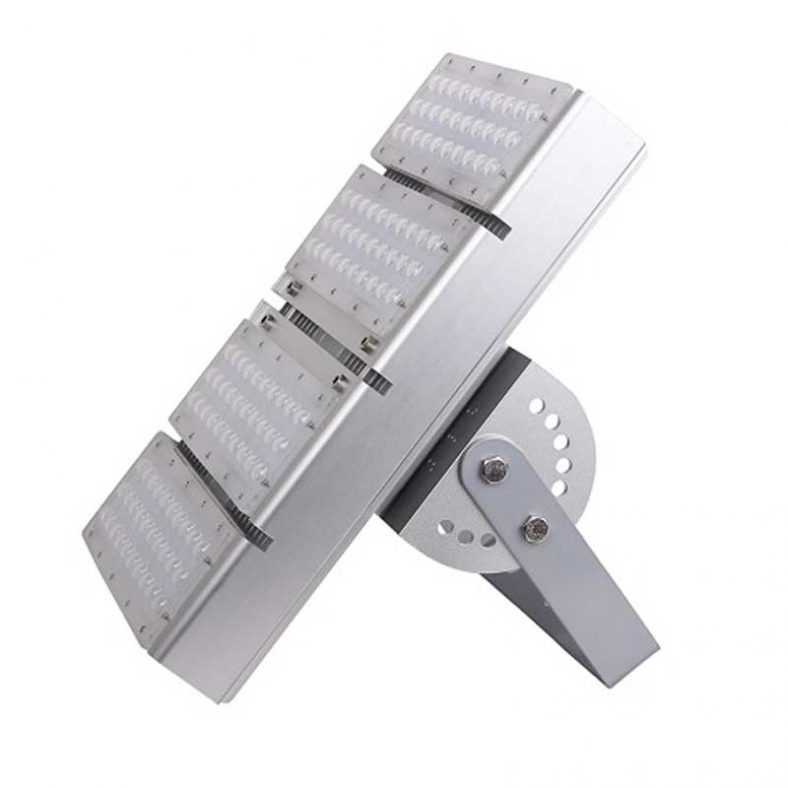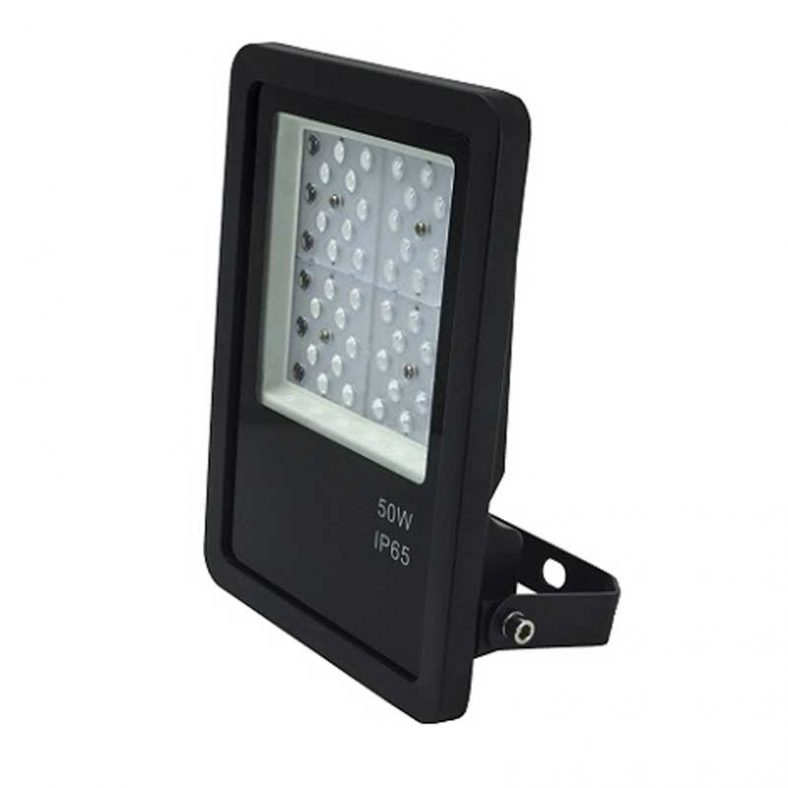
Indoor Lighting Manufacturer
Indoor Lighting to meet your every need.
From drop ceiling and barn lights to old-fashioned red exit signs, LEDIII.com offers a wide range of high power lighting fixtures for indoor applications. We stock the highest quality commercial indoor lighting products on the market so that we can provide you with the solutions you need for your indoor building, warehouse or retail store. Browse our indoor lighting products list below to get started.
- LED Grow Lights
- LED Spotlights
- LED Track lights
Indoor LED Lighting
Wandan Lighting specialist offers a wide variety of Indoor LED Lights to meet your every need.
Indoor LED lighting is a type of lighting that uses light-emitting diodes (LEDs) to produce light for indoor spaces. LED lighting has become increasingly popular in recent years due to its energy efficiency, longevity, and versatility.
High power indoor lighting typically refers to lighting systems that use high wattage bulbs or LED chips to produce a high level of brightness in large indoor spaces. These lighting systems are often used in commercial and industrial settings, such as factories, warehouses, and sports facilities.Here are some of the features and benefits of high power indoor lighting:
- High brightness: High power indoor lighting produces a high level of brightness, which is necessary in large spaces where visibility is important.
- Energy-efficient: While high power lighting systems require more energy than lower wattage systems, LED-based high power indoor lighting systems can be designed to be energy-efficient and can result in significant cost savings over time.
- Long lifespan: LED-based high power indoor lighting systems have a long lifespan, which reduces maintenance costs and minimizes the need for frequent bulb replacements.
- Customizable: High power indoor lighting systems can be customized to meet the specific lighting needs of the space, including brightness, color temperature, and beam angle.
- Improved productivity: High power indoor lighting systems can improve productivity in industrial settings by providing bright and even lighting that helps workers to see clearly and perform their tasks more efficiently.
When selecting high power indoor lighting, it is important to consider factors such as the size of the space, the purpose of the lighting, the desired level of brightness, and the energy efficiency of the system. A lighting professional can help to design and install a high power indoor lighting system that meets the specific needs of the space and its occupants.
One of the main benefits of indoor LED lighting is its energy efficiency. LED lights use up to 80% less energy than traditional incandescent bulbs and can last up to 25 times longer. This makes them an environmentally friendly and cost-effective choice for indoor lighting.
LED lighting also offers a wide range of color temperatures and color options, allowing for a greater degree of customization and creativity in indoor lighting design. They can produce warm, cool, or daylight-like lighting, and some can even change colors for a more dynamic effect.Overall, indoor LED lighting is a versatile and energy-efficient option for a wide range of indoor lighting applications.
Relate Indoor LED Light
Wandan Lighting specialist offers a wide variety of Indoor LED Lights to meet your every need.
-
300W To 1000W 140lm~150/w LED Stadium Floodlight
-
150lm/w to 180lm/w LED Stadium Light With Optical Grade PMMA Lens
-
250W Per Modular High Power LED Floodlights For Football Field
-
Angle Adjustable 150lm/w To 170lm/w LED Stadium Light
-
150lm/w to 160lm/w 1500W-2000W Modular Stadium Light
-
Wholesale LED Tower Chandelier With Mingwei Power Supply
-
Super Bright Tower Hanging Stadium Lights
-
High brightness 750W 1200W LED spot light
-
SMD 2835 High Lumen Led Flood light 300W
-
IK08 IP66 500W 1000W 1500W 2000W Modular Led Flood Light
-
800W 1000W 1200W Round LED stadium lighting fixtures
-
Stock 400w led flood light 6500k outdoor lighting spotlight
-
100W150W200W360W High power square project LED Spotlight stock
Indoor LED Light Kits/Parts
Wandan Lighting specialist offers a wide variety of Indoor LED Light to meet your every need.
Indoor LED Light Buy guide
Wandan Lighting specialist offers a wide variety of Indoor LED Lights to meet your every need.
Indoor lighting refers to any artificial light source that is used to illuminate the interior of a building or other enclosed space. Indoor lighting is an important aspect of interior design and has both functional and aesthetic purposes.
Functionally, indoor lighting helps to provide visibility and safety within a space. It allows people to see and navigate through rooms, and it can be used to highlight specific areas or objects. For example, task lighting such as desk lamps or under-cabinet lighting can be used to provide direct and focused light for reading, working, or preparing food.
Aesthetically, indoor lighting can help to create a certain mood or ambiance within a space. Different types of lighting, such as ambient, accent, or decorative lighting, can be used to create different effects and enhance the overall design of a room. For example, dimmer lighting can create a cozy and intimate atmosphere, while bright and colorful lighting can create a more lively and energetic environment.
Indoor lighting can be achieved through a variety of light sources, including incandescent bulbs, fluorescent bulbs, LED lights, and others. Each type of light source has its own characteristics and benefits, and the choice of lighting will depend on the specific needs and preferences of the space and its occupants.
Installing indoor LED lighting is a relatively simple process that can be done with a few basic tools and some knowledge of electrical wiring. Here are the general steps for installing indoor LED lighting:
- Choose your LED light fixtures: Decide what type of LED lighting you want to install in your space, such as LED bulbs, light strips, or recessed lights.
- Turn off the power: Before beginning any electrical work, turn off the power to the area where you will be installing the LED lighting. This can be done by flipping the circuit breaker switch for that area.
- Remove existing fixtures: If you are replacing existing light fixtures, remove them carefully and disconnect any wiring.
- Install new fixtures: Install your new LED light fixtures according to the manufacturer’s instructions, being sure to securely attach them to the ceiling or wall.
- Connect wiring: Connect the wiring from your LED fixtures to the electrical wiring in your home. If you are not comfortable with electrical wiring, it is recommended that you hire a licensed electrician to do this step.
- Test the lights: Once all the wiring is connected, turn the power back on and test the lights to make sure they are working properly.
- Secure any loose wires or fixtures: Make sure all wires and fixtures are securely attached and any excess wires are neatly tucked away.
Overall, installing indoor LED lighting can be a straightforward process as long as proper safety precautions are taken and the installation instructions are followed carefully. If you are unsure about any aspect of the installation process, it is always recommended to consult a professional electrician.
Indoor and outdoor lighting have different purposes and requirements due to the unique characteristics of each environment. Here are some key differences between indoor and outdoor lighting:
- Protection from the elements: Outdoor lighting fixtures are designed to withstand exposure to the elements, such as rain, wind, and temperature fluctuations. Indoor lighting fixtures, on the other hand, are not designed to withstand such conditions.
- Illumination level: Outdoor lighting typically requires a higher level of brightness than indoor lighting, as it is often used for safety and security purposes. Indoor lighting, on the other hand, may require less brightness for tasks such as relaxation or ambiance.
- Directional lighting: Outdoor lighting often requires directional lighting to highlight specific features or areas, such as a pathway or a building façade. Indoor lighting may also use directional lighting, but it is often used to highlight specific objects or areas within a room.
- Color temperature: Outdoor lighting typically has a cooler color temperature to enhance visibility and security, while indoor lighting may have a warmer color temperature to create a comfortable and inviting atmosphere.
- Energy efficiency: Indoor lighting typically requires less energy than outdoor lighting due to the lower brightness requirements and less demanding environmental conditions.
Overall, the primary differences between indoor and outdoor lighting are the level of brightness, the directionality of the lighting, and the requirements for protection from the elements. When selecting lighting for a particular environment, it is important to consider the specific needs of the space and the intended use of the lighting.
There are several types of indoor lighting that can be used in a variety of settings, each with their own unique characteristics and benefits. Here are some of the most common types of indoor lighting:
- Ambient lighting: This type of lighting provides overall illumination to a space and is often used as the primary source of light. Examples of ambient lighting include ceiling-mounted fixtures, chandeliers, and recessed lighting.
- Task lighting: Task lighting is used to provide focused light for specific tasks such as reading, cooking, or working at a desk. Examples of task lighting include desk lamps, under-cabinet lighting, and pendant lights.
- Accent lighting: Accent lighting is used to highlight specific areas or objects within a space, such as artwork, plants, or architectural features. Examples of accent lighting include track lighting, picture lights, and wall sconces.
- Decorative lighting: Decorative lighting is used to add visual interest and enhance the design of a space. Examples of decorative lighting include chandeliers, pendant lights, and decorative lamps.
- Natural lighting: Natural lighting is the use of natural light sources such as windows, skylights, and doors to provide light in a space. It can help to create a bright and airy atmosphere and has been shown to have positive effects on mood and well-being.
Each of these types of indoor lighting can be used alone or in combination with each other to create the desired lighting effects and ambiance within a space.
The lighting requirements for indoor LED lighting will depend on the specific needs of the space and its intended use. Here are some factors to consider when determining the lighting requirements for indoor LED lighting:
- Purpose of the space: Consider the purpose of the space and the activities that will take place there. For example, a kitchen or office may require brighter lighting for tasks such as cooking or working on a computer, while a bedroom or living room may benefit from dimmer lighting for relaxation and ambiance.
- Size of the space: The size of the space will also impact the lighting requirements. Larger spaces may require more fixtures or brighter bulbs to provide adequate lighting, while smaller spaces may need less lighting to avoid over-illumination.
- Ceiling height: The height of the ceiling will also impact the lighting requirements, as higher ceilings may require brighter fixtures to provide sufficient light.
- Natural lighting: Consider the amount of natural light that enters the space, as this will impact the amount of artificial lighting needed. Spaces with large windows or skylights may require less artificial lighting during the day.
- Color temperature: LED lighting comes in a variety of color temperatures, ranging from warm to cool. Choosing the right color temperature can help to create the desired ambiance and mood within a space.
Overall, the lighting requirements for indoor LED lighting will vary depending on the space and its intended use. It is important to consider factors such as purpose, size, ceiling height, natural lighting, and color temperature when selecting and installing LED lighting to ensure that the space is adequately illuminated and meets the needs of its occupants.
Wiring an outdoor light to an indoor switch involves running electrical wires from the switch to the outdoor light fixture. Here are the general steps to follow:
- Turn off the power: Before starting any electrical work, turn off the power to the circuit you will be working on by switching off the breaker in the main electrical panel.
- Choose the location: Choose a location for the switch inside your home and the location for the outdoor light fixture. Ensure that the outdoor location is suitable for mounting a light fixture and has an electrical junction box installed.
- Run the electrical wire: Run an electrical wire from the indoor switch location to the outdoor light location. Use a fish tape to guide the wire through walls and ceilings if necessary. Choose the appropriate size and type of wire according to the electrical code requirements and the length of the run.
- Connect the switch: Connect the wires from the electrical cable to the switch, following the manufacturer’s instructions. Connect the black wire to the switch’s hot terminal, the white wire to the switch’s neutral terminal, and the ground wire to the switch’s ground terminal.
- Install the outdoor light fixture: Install the outdoor light fixture to the electrical junction box using screws or mounting brackets. Connect the wires from the electrical cable to the wires from the light fixture according to the manufacturer’s instructions.
- Turn on the power: Turn on the power to the circuit by switching on the breaker in the main electrical panel. Test the light by flipping the switch on and off.
It is important to follow all applicable electrical codes and regulations when wiring an outdoor light to an indoor switch. If you are unsure about how to do the wiring, consult a licensed electrician for assistance.


